October 29, 2025
Data Shows Endangered Palau Ground Doves Swiftly Recovering After Successful Palauan Island Conservation Effort
Astounding evidence of recovery on Ulong Island in Palau after just one year!
Published on
May 3, 2019
Written by
stephanie
Photo credit
stephanie
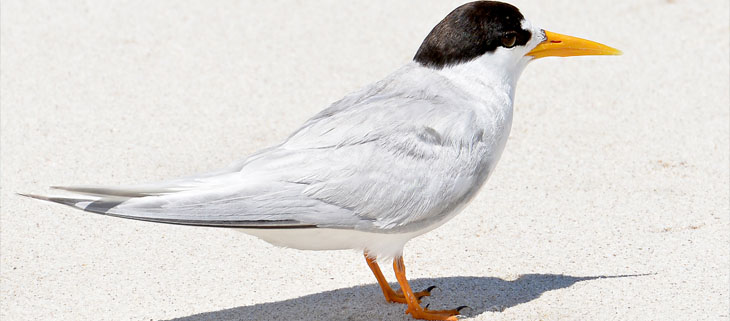
New Zealand’s natural beauty and biodiversity is in many ways unparalleled and loved the world over. A myriad of conservation efforts have been enacted to protect the breathtaking flora and fauna including the bold Predator Free 2050 initiative. However, more help is gravely needed. Despite a huge push for conservation within the country, more than 4000 native plants and animals are still at risk, a recent report suggests.
The New Zealand’s Sixth National Report to the United Nations Convention on Biological Diversity demonstrated that although some positive strides in conservation have been made in recent years, we still have a lot of work to do. Despite there being more native flora and fauna present on private, protected land, invasive predators still pose an enormous threat. Conservation Minister Eugenie Sage commented:
Land use changes, introduced predators and pests continue to threaten our most precious ecosystems, native plants and wildlife.”
Some of New Zealand’s most well-known and beloved birds are paying the price including the New Zealand Fairy Tern, the Kereru (voted Bird of the Year in 2018), and the Kiwi. They are threatened by the presence of invasive rats, stoats, possums, and feral cats. According to population surveys, there are only 35-40 Fairy Terns left in New Zealand. If this was not alarming enough, the presence of chytrid fungus poses conservation challenges for the native Maud Island Frog which has experienced a decrease in population numbers and is now listed as Vulnerable by the IUCN.

The report notes the importance of “positive actions by people,” in order to make a sustainable change. It also articulates how crucial it is that conservation and resource management become an issue of mainstream public concern. One of the best ways to make this a reality, seems to be through the implementation of “Enviroschools,” or school programs to help educate youth and the public about environmental concerns and challenges. Currently, one-third of schools in New Zealand are already taking part in this initiative. The Department of Conservation’s acting director of community engagement, Annie Wheeler, said of the initiative:
What we are really seeing now in schools is taking knowledge into action and using that learning and thinking about how you apply it to real life situations.”
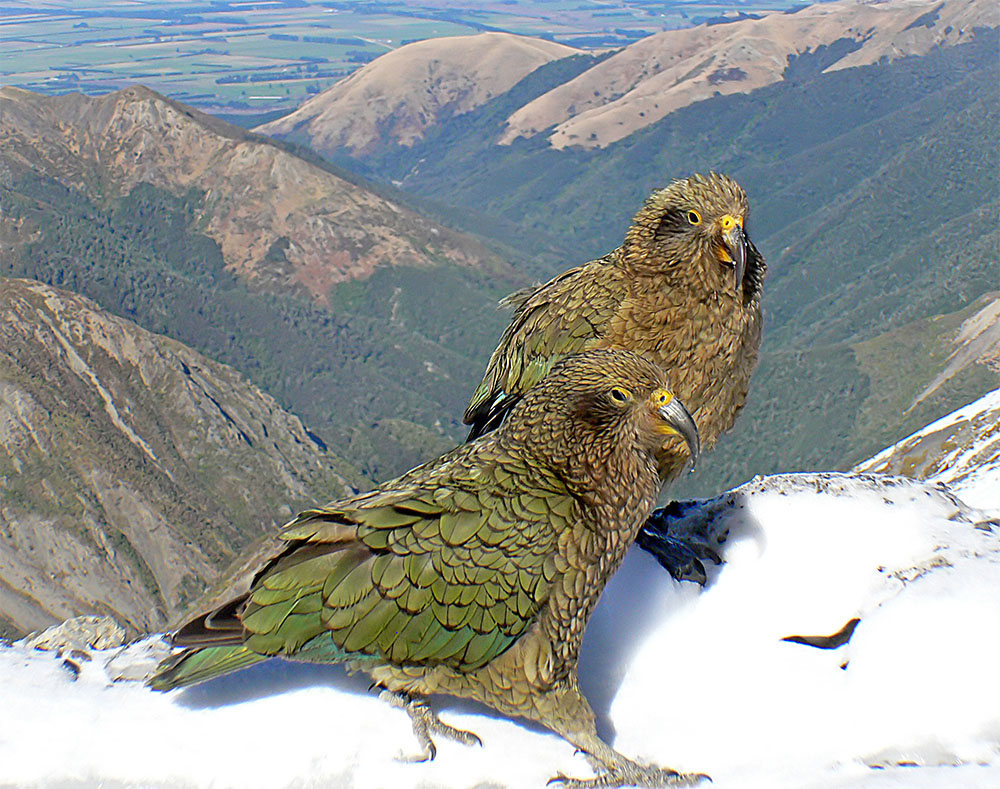
With the help of Enviroschool initiatives and tenacious conservationists, there is hope. Just recently, the Hihi, a bird which went extinct in New Zealand in the 1800s, was successfully reintroduced within Rotokare Scenic Reserve in NZ. Other magnificent bird species, like the Kea, have experienced improved nesting success thanks to tremendous conservation efforts. There is still much work to be done, but continued positive actions by people can and will make a difference in the future is species conservation.
Source: Stuff
Featured Photo: A Fairy Tern. Credit: Jean and Fred
Check out other journal entries we think you might be interested in.

October 29, 2025
Astounding evidence of recovery on Ulong Island in Palau after just one year!
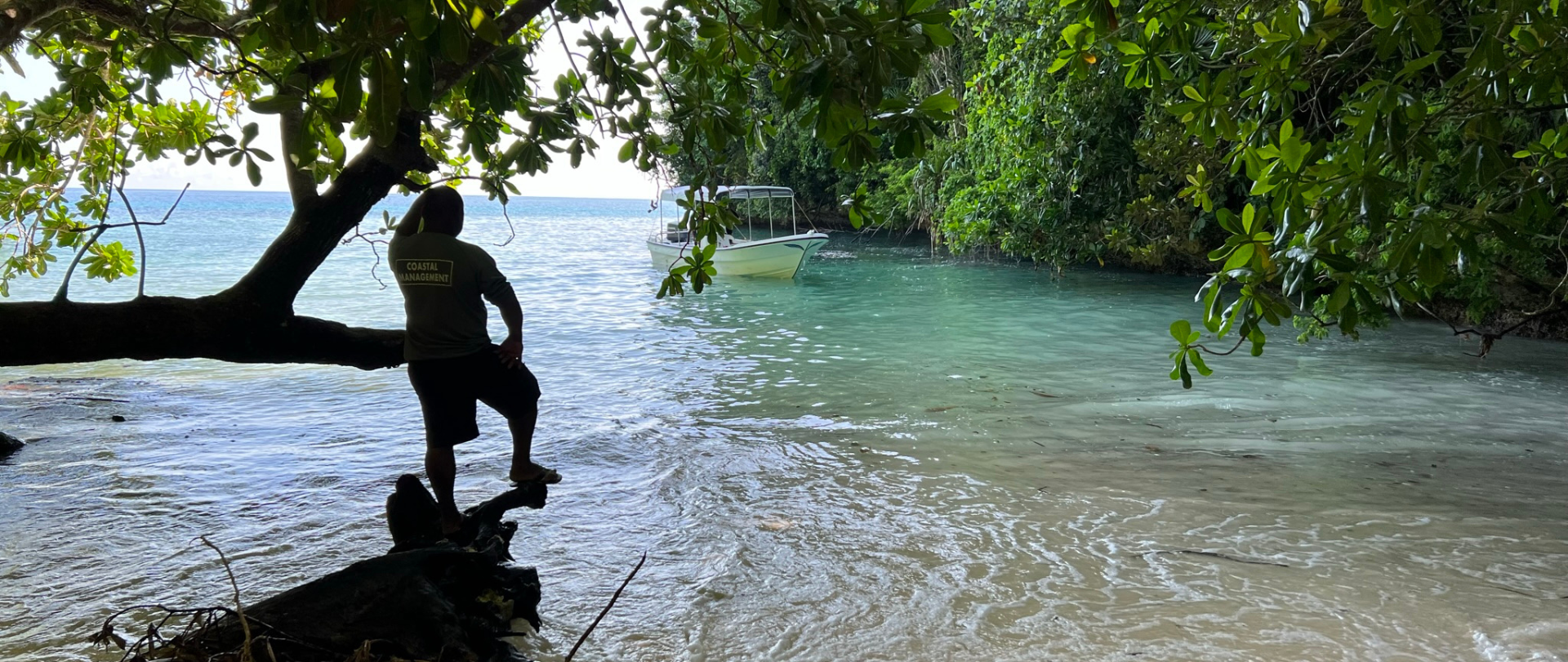
May 19, 2025
Read our position paper on The 3rd United Nations Ocean Conference (UNOC 3) to see why we're attending and what we aim to accomplish!
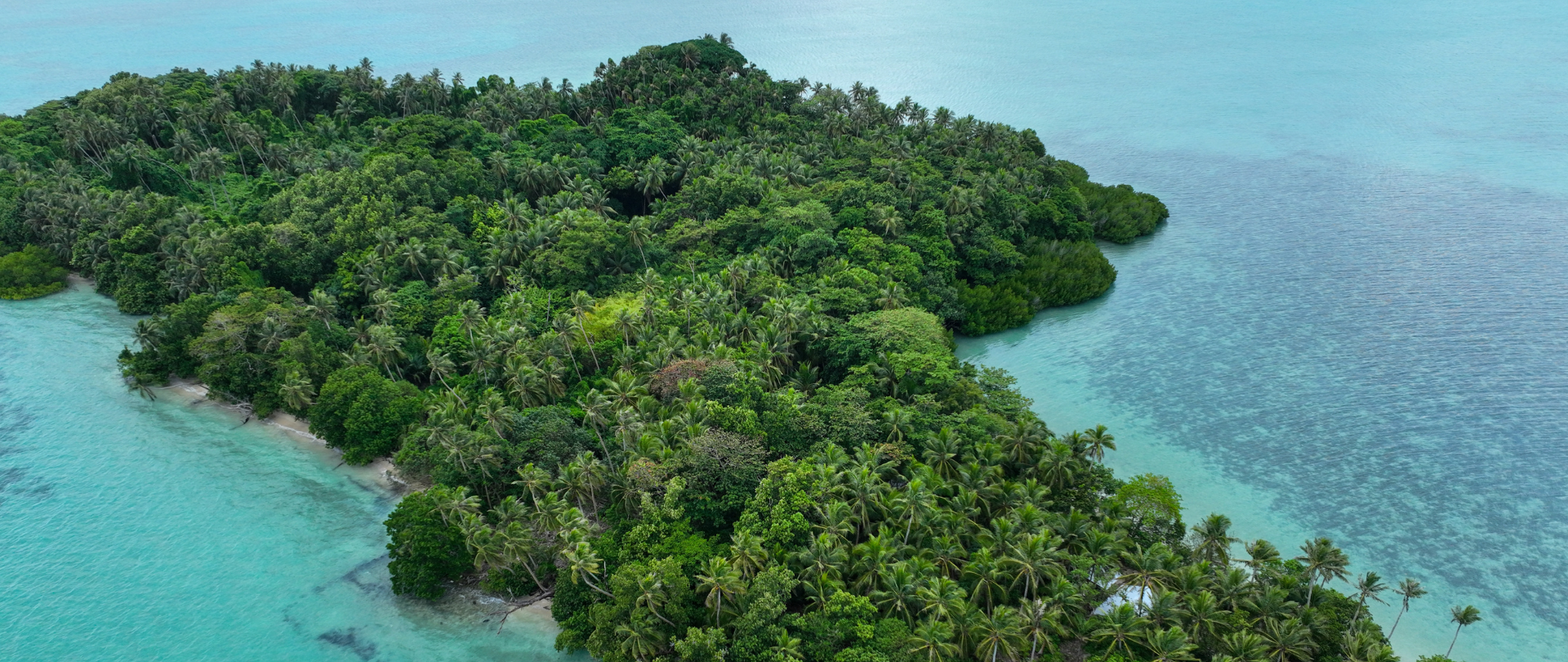
December 4, 2024
Ann Singeo, founder of our partner organization the Ebiil Society, shares her vision for a thriving Palau and a flourishing world of indigenous science!
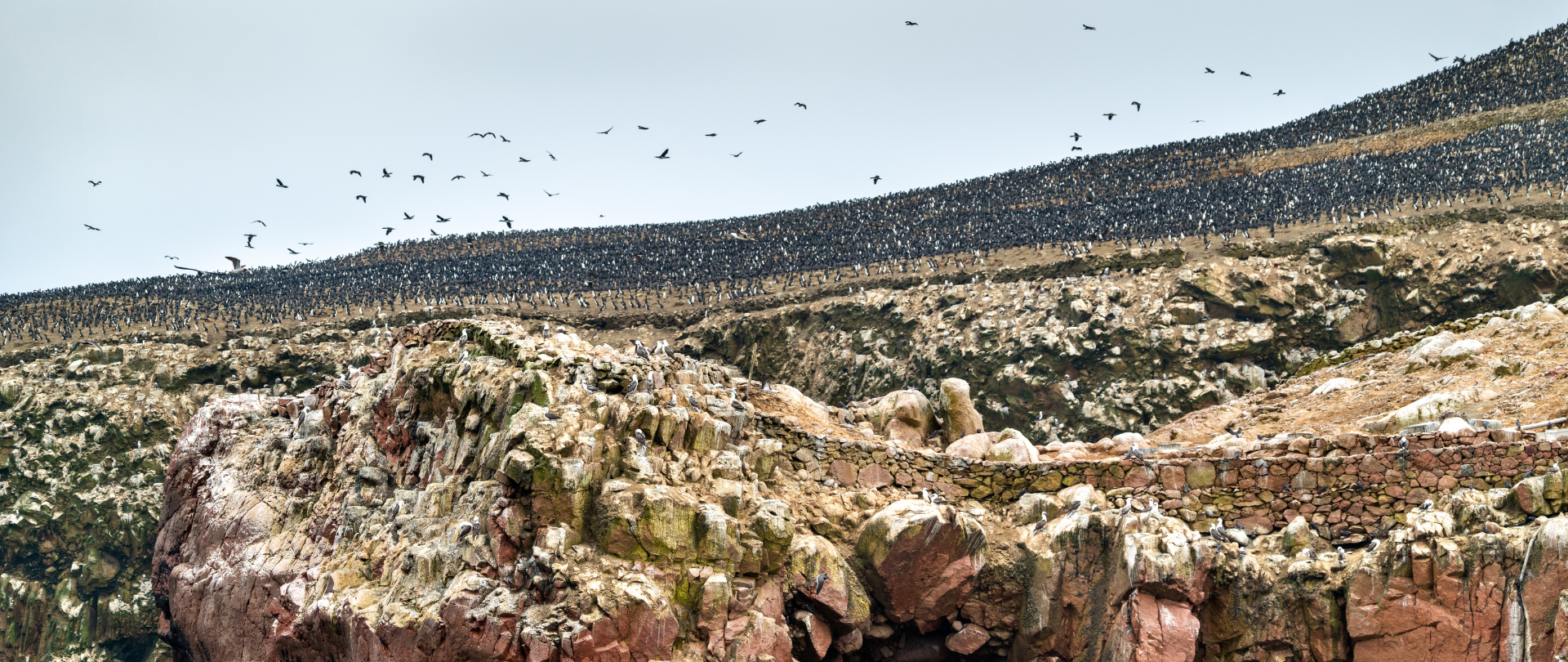
November 22, 2024
This historic agreement aims to protect the marine and coastal areas of the Southeast Pacific.
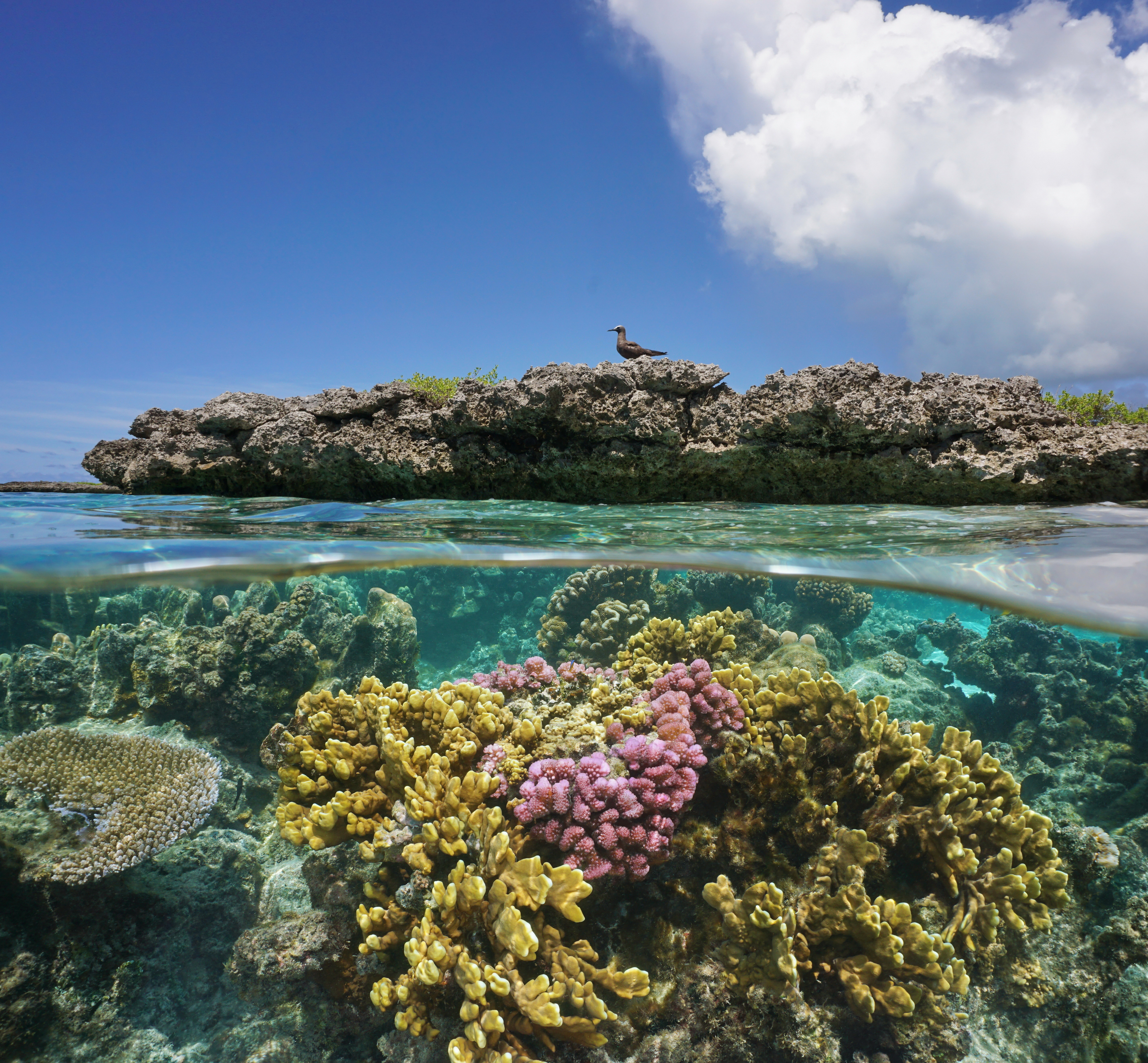
November 18, 2024
Our projects to restore key islets in Nukufetau Atoll forecast climate resilience and community benefits in Tuvalu!
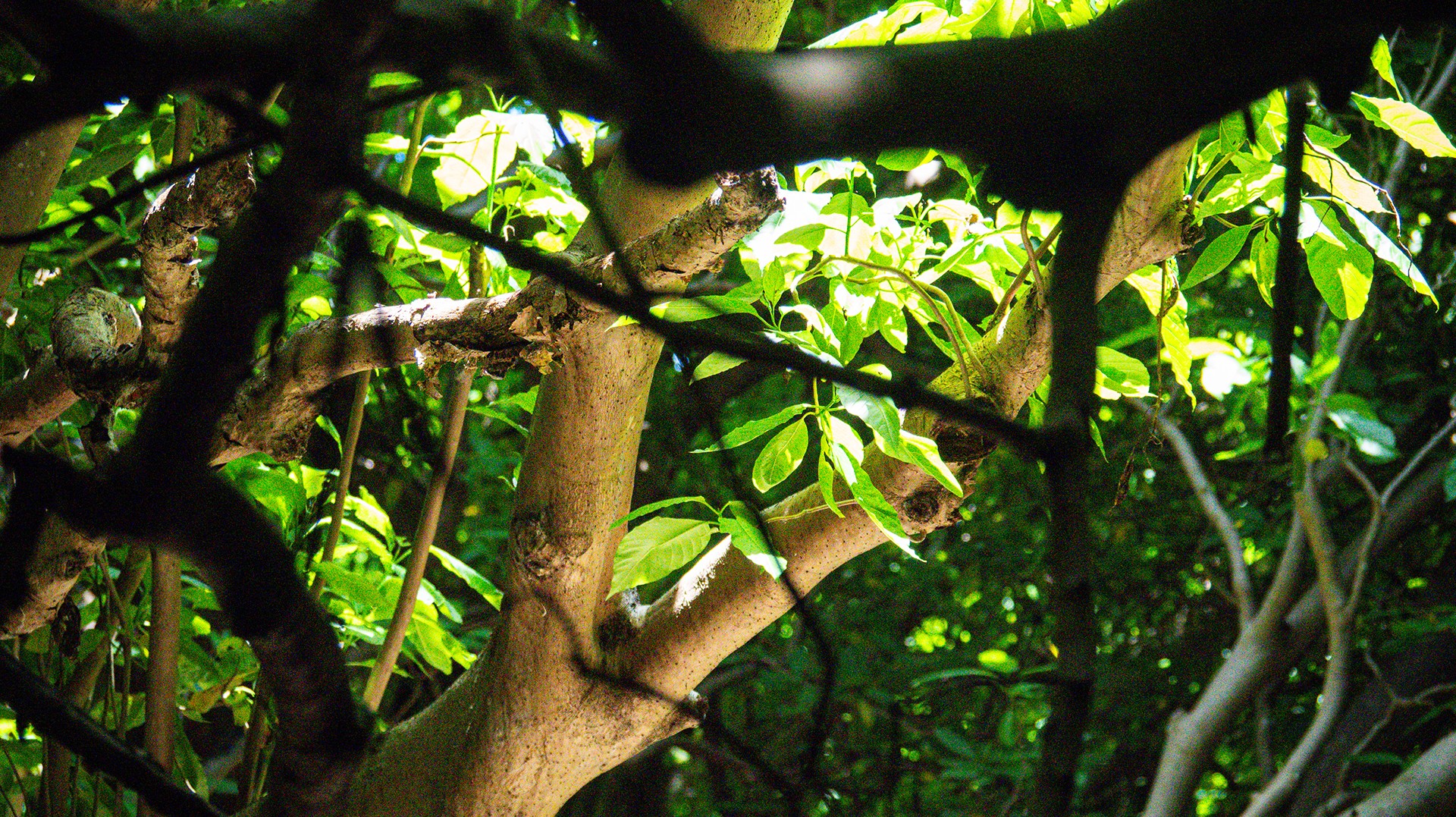
October 3, 2024
Island Conservation and partners have published a new paper quantifying ecosystem resilience on restored islands!
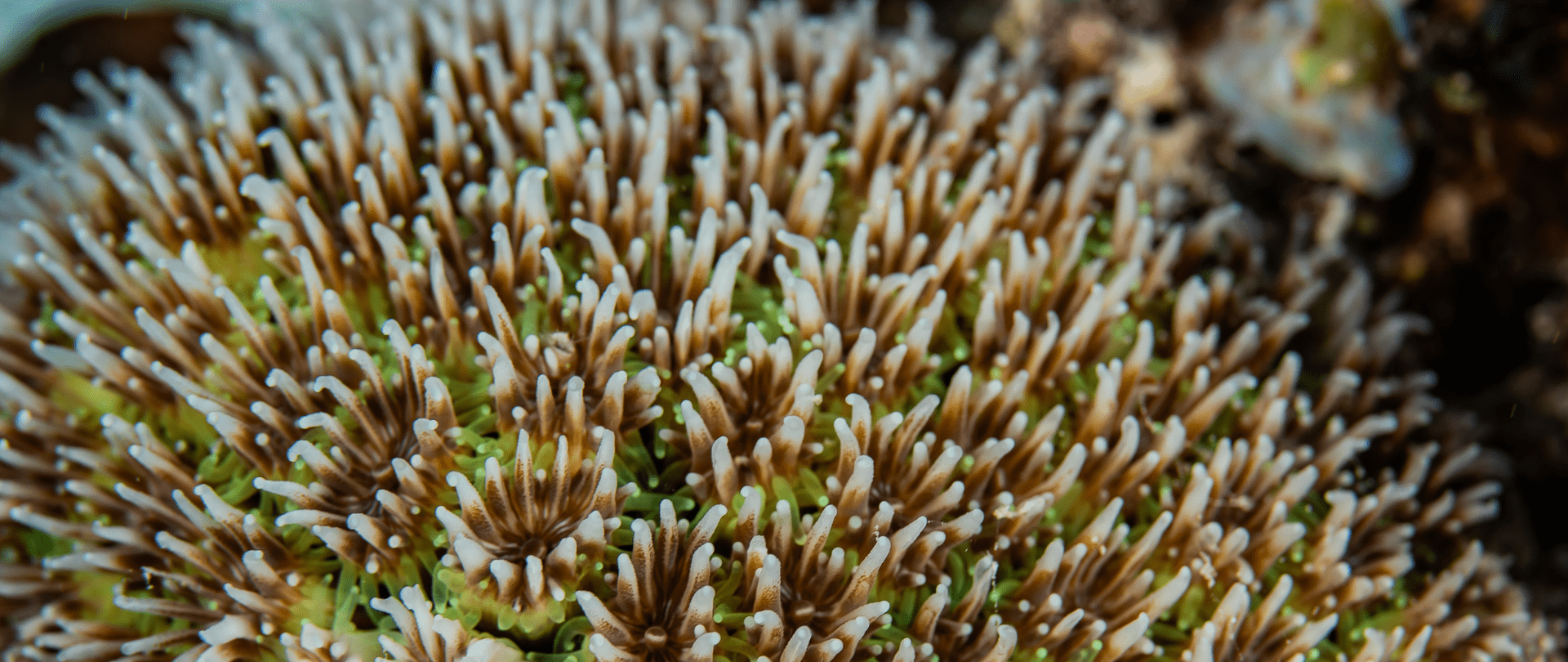
September 10, 2024
Climate Week NYC: what is it and why is it important? Read on to find out why Island Conservation is attending this amazing event!

September 5, 2024
With sea levels on the rise, how are the coastlines of islands transforming? Read on to find out how dynamic islands really are!
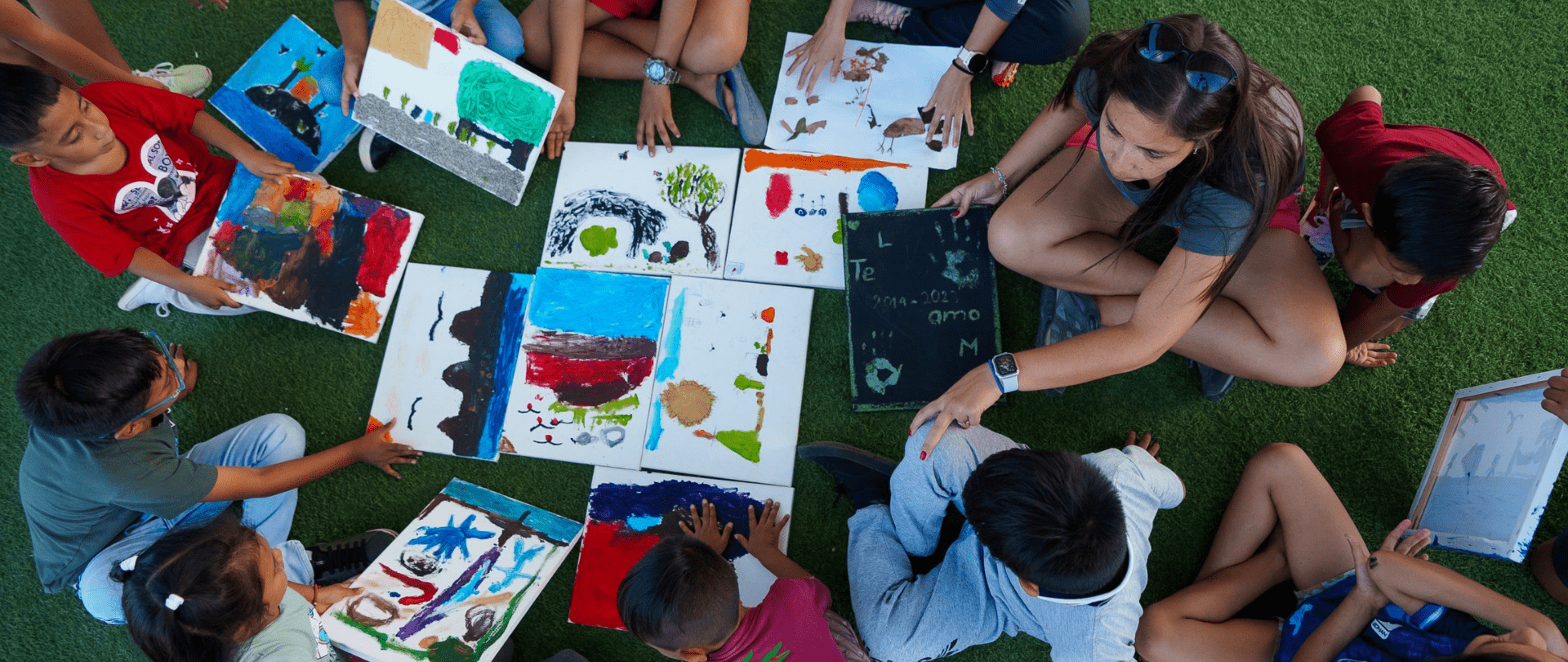
December 14, 2023
Join us in celebrating the most amazing sights from around the world by checking out these fantastic conservation photos!

November 28, 2023
Rare will support the effort to restore island-ocean ecosystems by engaging the Coastal 500 network of local leaders in safeguarding biodiversity (Arlington, VA, USA) Today, international conservation organization Rare announced it has joined the Island-Ocean Connection Challenge (IOCC), a global effort to…